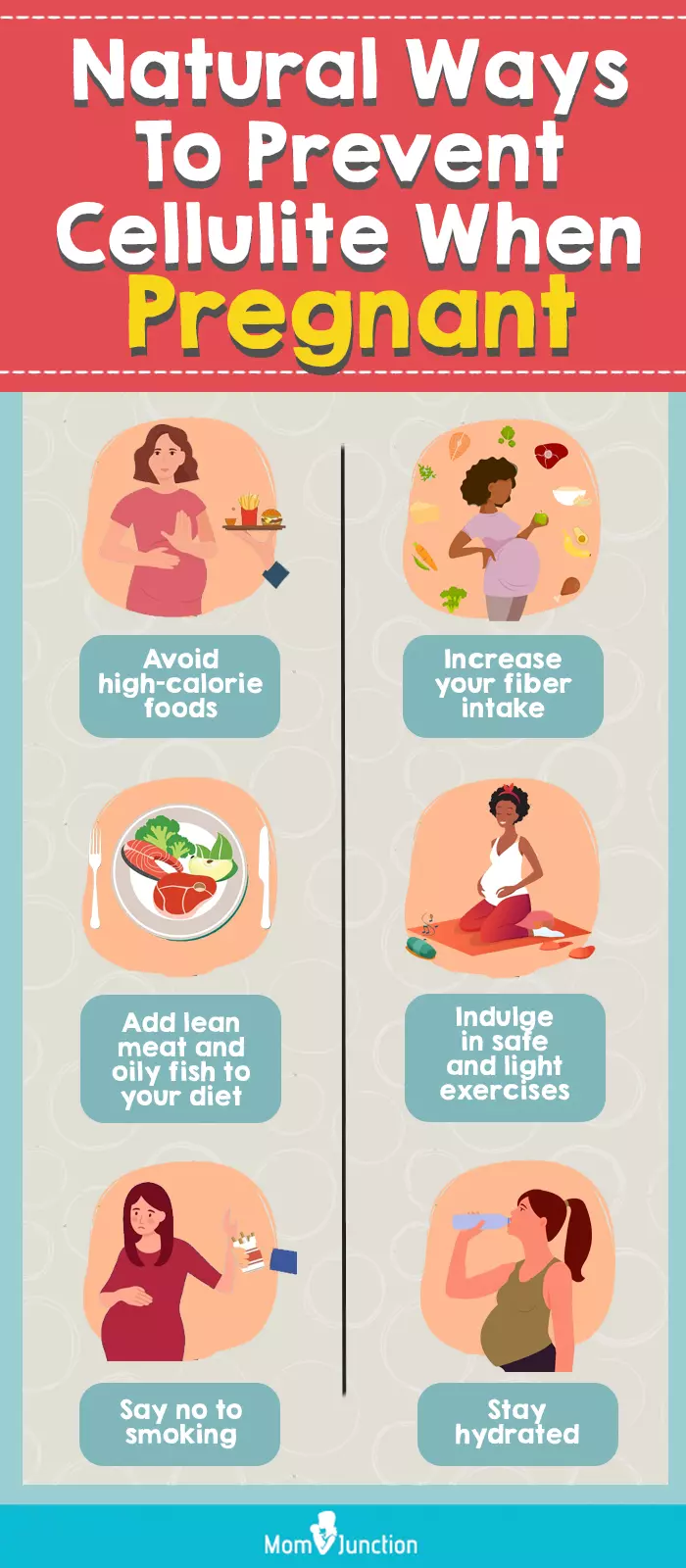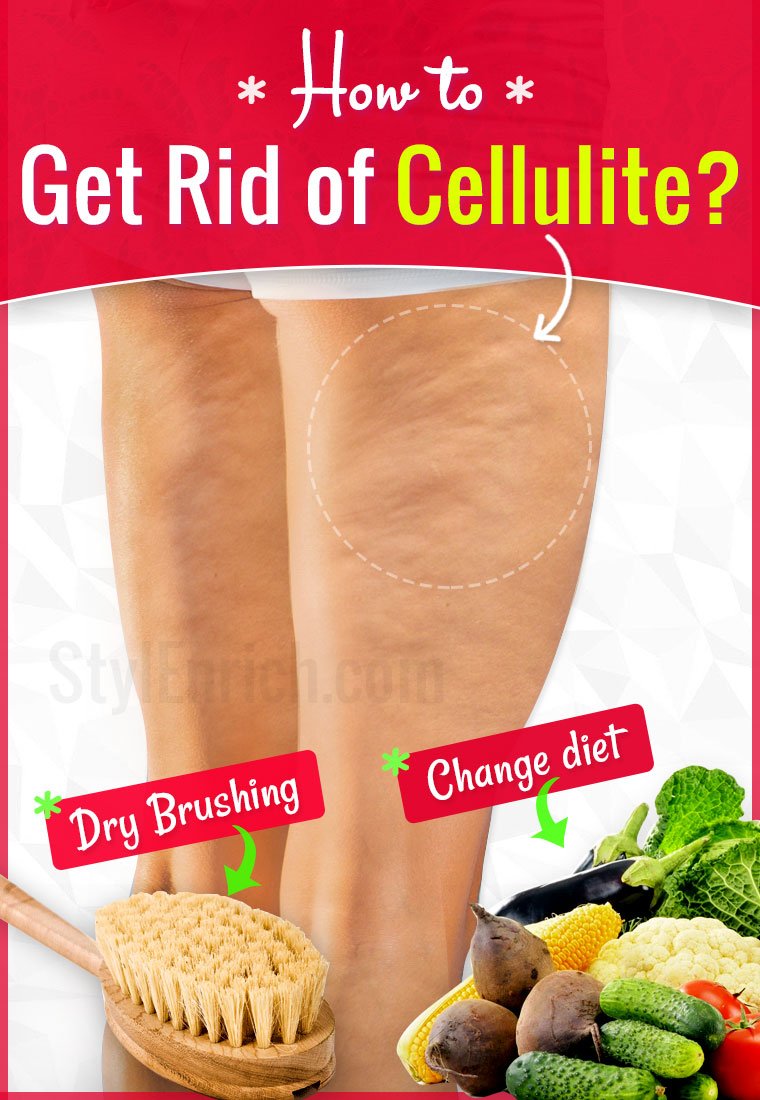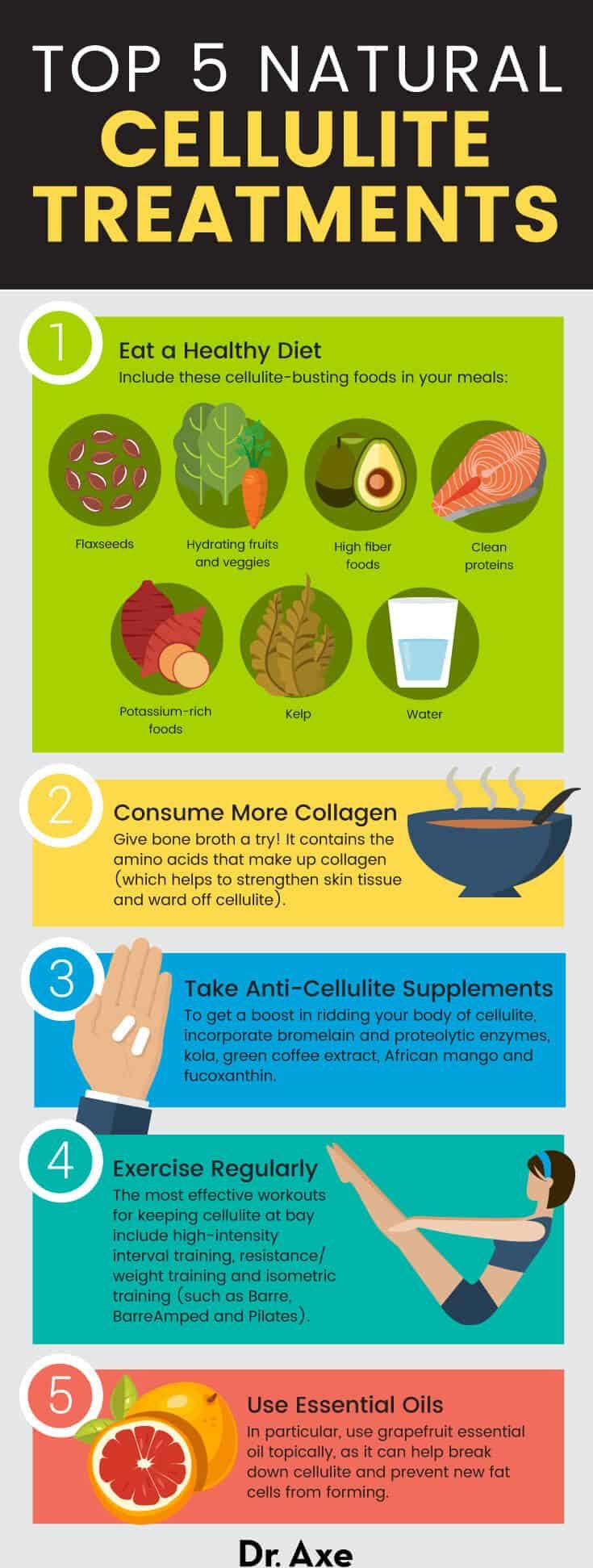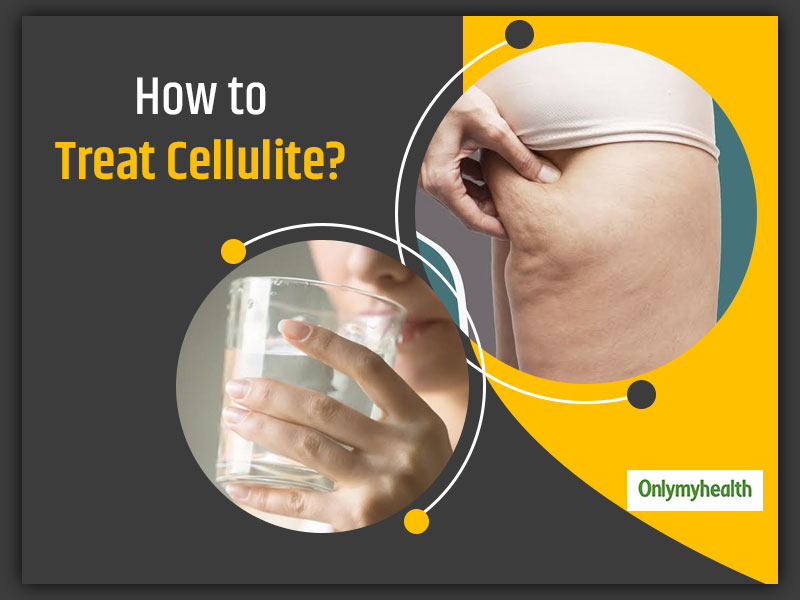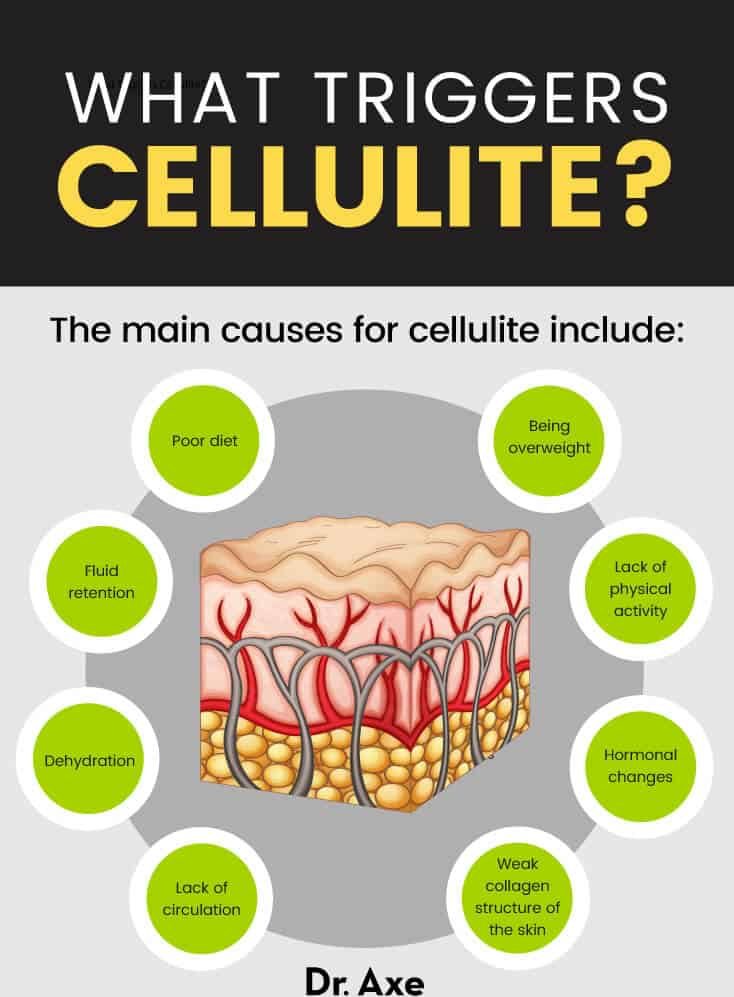How To Get Rid Of Cellulite While Pregnant
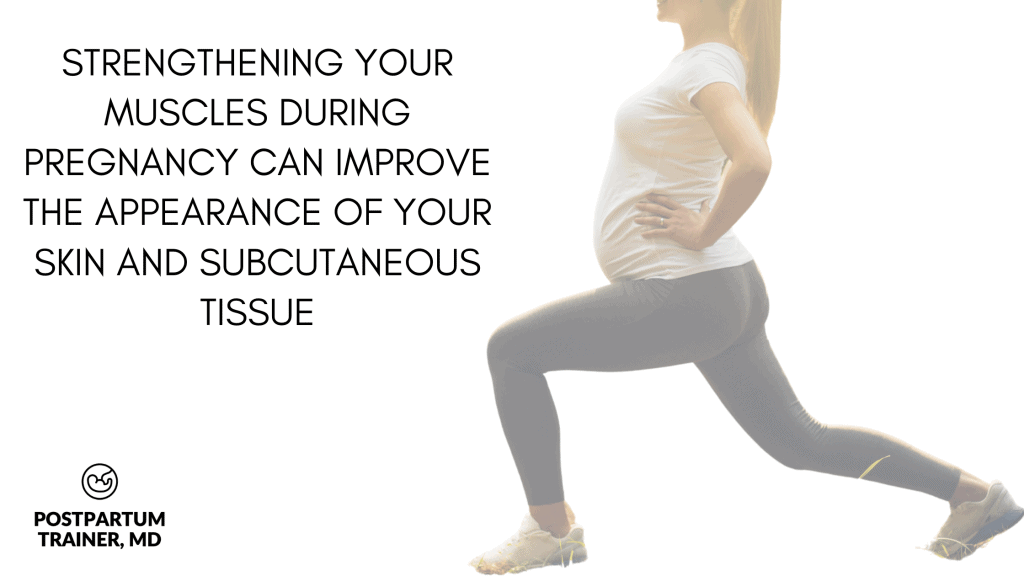
The appearance of cellulite, those familiar dimples and bumps on the skin, is a common concern for many, and pregnancy can sometimes exacerbate its visibility. While completely eliminating cellulite during pregnancy is often unrealistic and potentially unsafe, understanding strategies to minimize its appearance and promote overall skin health can empower expectant mothers. This article explores safe and practical approaches to managing cellulite during pregnancy, based on expert recommendations and current understanding.
It's crucial to understand that cellulite is a complex issue affected by genetics, hormones, diet, and lifestyle. Many popular treatments are not recommended during pregnancy due to potential risks to the developing fetus. Therefore, focusing on gentle, safe methods is paramount.
Understanding Cellulite and Pregnancy
Cellulite occurs when fat cells push against connective tissue beneath the skin, creating a puckered appearance. Hormonal changes during pregnancy, particularly increased estrogen levels, can contribute to fluid retention and fat deposition, making cellulite more noticeable. Weight gain, a natural part of pregnancy, can also further stretch the skin and highlight existing cellulite.
Dr. Anya Sharma, a dermatologist specializing in pregnancy-related skin conditions, emphasizes, "During pregnancy, the body undergoes significant changes. What worked before may not be safe or effective now." She advocates for a holistic approach that prioritizes the mother's and baby's well-being.
Safe Strategies for Managing Cellulite During Pregnancy
Diet and Hydration
Maintaining a healthy diet is crucial, not only for managing cellulite but also for overall pregnancy health. Focus on consuming whole, unprocessed foods, rich in fruits, vegetables, and lean protein. Limit processed foods, sugary drinks, and excessive salt intake, which can contribute to fluid retention.
Staying adequately hydrated helps flush out toxins and maintain skin elasticity. Aim for at least eight glasses of water per day, or more if you are active. Proper hydration can improve the appearance of the skin and may minimize cellulite's visibility.
Regular Exercise
Safe and regular exercise can improve circulation, reduce fluid retention, and tone muscles. Walking, swimming, and prenatal yoga are excellent choices. Always consult with your healthcare provider before starting any new exercise program during pregnancy.
Exercise can help maintain a healthy weight gain, reducing the strain on the skin. Improved muscle tone also provides better support for the skin and underlying tissues.
Dry Brushing
Dry brushing involves using a natural-bristle brush to gently massage the skin in upward, circular motions. This technique may help stimulate lymphatic drainage, exfoliate dead skin cells, and improve circulation. However, be gentle and avoid brushing too hard, especially on sensitive areas.
"Dry brushing should be performed on dry skin before showering," advises Maria Rodriguez, a certified prenatal massage therapist. "It's important to use a brush with natural bristles and to avoid areas with broken skin or varicose veins."
Massage
Prenatal massage can improve circulation, reduce fluid retention, and help break down fat deposits. Seek out a massage therapist experienced in working with pregnant women. They can use gentle techniques to target areas affected by cellulite.
Some essential oils, such as grapefruit or lemon, are believed to have properties that can help reduce cellulite. However, it's crucial to consult with a qualified aromatherapist and your healthcare provider before using any essential oils during pregnancy, as some are not safe.
Topical Treatments (With Caution)
Many topical creams and lotions claim to reduce cellulite, but most contain ingredients that are not recommended during pregnancy. Retinoids, caffeine, and aminophylline should be avoided due to potential risks to the developing fetus. Always consult with your doctor before using any topical treatment during pregnancy.
Some natural ingredients, such as coconut oil or shea butter, can help moisturize the skin and improve its elasticity. While these won't eliminate cellulite, they can improve the skin's overall appearance.
What to Avoid During Pregnancy
Certain treatments and procedures commonly used to reduce cellulite are not safe during pregnancy. These include liposuction, laser treatments, and radiofrequency treatments. These procedures can pose risks to both the mother and the baby and should be avoided.
Avoid crash diets or rapid weight loss during pregnancy, as this can be harmful to the baby's development. Focus on gradual, healthy weight gain as recommended by your healthcare provider.
The Postpartum Period
After pregnancy, you may be able to consider more aggressive treatments for cellulite, if desired. However, it's important to wait until after you have finished breastfeeding and have consulted with your doctor.
Remember that cellulite is a common condition, and many women experience it. Focus on maintaining a healthy lifestyle and accepting your body during and after pregnancy.
Conclusion
While completely eliminating cellulite during pregnancy is challenging and often not advisable, adopting safe and healthy strategies can help minimize its appearance and promote overall well-being. Prioritize a balanced diet, regular exercise, gentle skin treatments, and plenty of hydration. Always consult with your healthcare provider before making any significant changes to your diet or exercise routine during pregnancy. Embrace the changes your body is undergoing and focus on the health and happiness of you and your baby.
